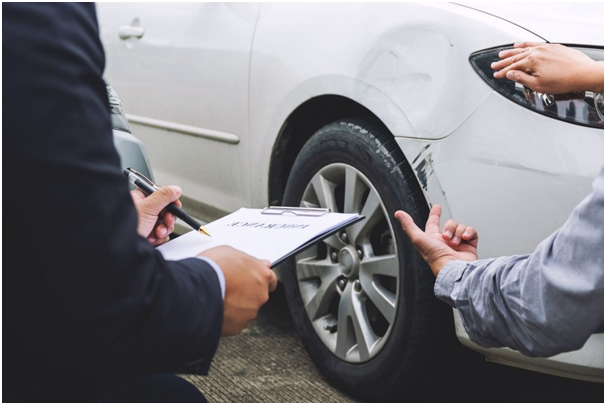Every year, thousands of people are hurt or killed in car accidents. Behind each of these numbers is a real person, a real injury, and sometimes a legal case. But these numbers are not just used to measure danger. They play a big role in how personal injury lawyers handle car accident claims.
Car accident statistics help lawyers, judges, and insurance companies understand how, why, and where crashes happen. In the United States, over 42,000 people died in motor vehicle crashes in 2022, according to the National Highway Traffic Safety Administration (NHTSA). Speeding was involved in over 29% of these deaths, and distracted driving caused thousands more injuries. These stats don’t just sit in reports—they help build the legal cases that follow accidents.
Using Stats to Show Negligence
One key part of a personal injury case is proving that someone was careless. Stats can help show that a driver broke common safety rules. For example, if most people slow down in school zones, but one driver speeds through and causes a crash, lawyers can use local speed data to show that the driver acted dangerously.
Experts often use charts or graphs to show patterns. If a particular road has seen ten crashes in the past month due to sharp turns, that can help a victim prove that the area was unsafe and that a driver should have been more careful. This type of data gives strength to a case when it’s used the right way.
Helping With Settlement Talks
Numbers also help when it’s time to talk about money. Lawyers and insurance companies examine average payouts for injuries such as broken bones or back pain. These averages come from years of settled cases and can be found in databases.
For example, if most neck injury cases in a state result in $15,000 in payouts, that number may guide both sides during talks. Lawyers also consider how long a person misses work, how much medical care costs, and how bad the injury is. Stats help ensure the person receives a fair payment, neither too little nor too much.
What Juries Think About the Numbers
When cases go to trial, lawyers often show juries facts and figures. Jurors may be more likely to see a pattern if they hear that 1 in 5 crashes in the area happen at night or during bad weather. These numbers help juries understand the riskiness of the situation and how it compares to other crashes.
Juries may also bring their knowledge of crash statistics, especially if they’ve seen stories in the news. That’s why lawyers work hard to share precise, correct data that fits the case.
Spotting Dangerous Areas
Lawyers sometimes use crash reports to show that a particular place is known for accidents. Let’s say many people crash at the same busy corner. If a client gets hurt there, their lawyer may use reports from the police or the state to show that the city or another party failed to fix the problem.
This can make the case stronger by adding another layer of fault, not just the driver but also the people responsible for the road. Stats from the Department of Transportation or local agencies are helpful in such cases.
Changing the Laws
When crash numbers rise, lawmakers often act. If stats show a rise in crashes due to texting and driving, states may create stricter laws. Personal injury cases can also push for these changes, especially when lawyers use strong data to show a trend.
Judges sometimes use national data in court rulings. If crashes involving trucks are increasing in certain areas, a court might use that fact to rule in favor of a stricter safety rule.
The Downside of Relying Too Much on Numbers
While stats are helpful, they can’t replace the facts of a single case. Every crash is different. If lawyers rely too much on broad numbers, they may overlook important details.
Additionally, not all statistics are accurate or up-to-date. A report from five years ago may not reflect today’s conditions. That’s why experts and lawyers must double-check their sources. Good data can support a case, but it should never take its place.
The Sum-Up!
Car accident statistics do more than count crashes. They guide personal injury cases by helping to prove fault, decide fair payouts, and push for safer laws. When used wisely, these numbers empower the injured and help courts see the whole picture.


























